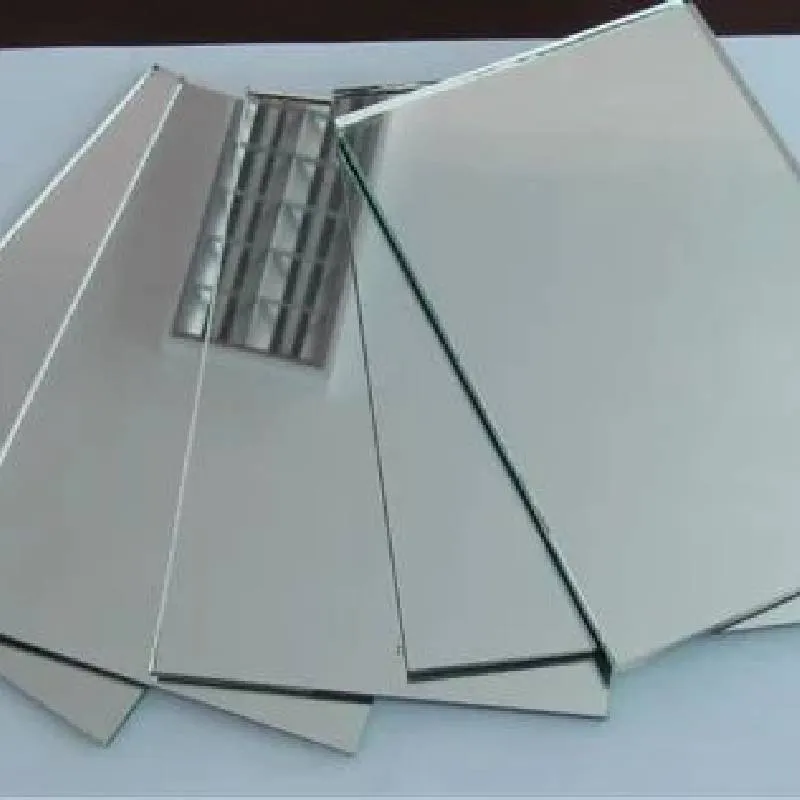

Understanding Toughened Mirror Glass Features and Applications
Toughened mirror glass, also known as tempered mirror glass, is a crucial architectural and design element that has gained popularity in recent years due to its durability and aesthetic appeal. This innovative material combines the reflective properties of traditional glass mirrors with the strength of tempered glass, making it ideal for various applications in both commercial and residential settings.
What is Toughened Mirror Glass?
Toughened mirror glass is produced through a special manufacturing process that involves heating regular glass to high temperatures and then rapidly cooling it. This thermal treatment significantly increases the glass's strength and thermal resistance compared to standard glass. As a result, toughened glass can withstand impacts and temperature fluctuations, making it a safer and longer-lasting option for a variety of applications.
The reflective surface of toughened mirror glass is typically created by depositing a reflective coating onto one side of the glass. This coating can be made from materials like silver or aluminum, which enhance its reflective quality while maintaining transparency in the uncoated side. The combination of toughness and reflective capabilities makes this material particularly versatile.
Advantages of Toughened Mirror Glass
One of the primary advantages of toughened mirror glass is its enhanced safety. In the event of breakage, tempered glass shatters into small, blunt pieces rather than sharp shards, reducing the risk of injury. This safety feature is especially important in environments like homes, offices, and public spaces where the risk of accidents is a concern.
Additionally, toughened mirror glass is highly resistant to scratches and chemical exposure, which means that it retains its aesthetic appeal over time
. This durability is a significant advantage in high-traffic areas or spaces subject to humidity, such as bathrooms and kitchens.
Another notable benefit is its thermal stability. This makes toughened mirror glass suitable for various conditions, including extreme temperature changes that can occur in different climates or environments. As a result, it is often used in areas with significant temperature variations without the risk of cracking or warping.
Applications of Toughened Mirror Glass
Due to its unique properties, toughened mirror glass is utilized across a wide range of applications. In interior design, it is commonly used in bathrooms, dressing rooms, and offices, where both functionality and aesthetics are important. The mirrored surface can create the illusion of more space and bring an airy feel to rooms, enhancing the overall design.
In commercial settings, toughened mirror glass is used in retail stores, showrooms, and hotels. The strong and reflective surface helps highlight products and creates an attractive atmosphere for customers. Additionally, architects often incorporate this material into facades and interior walls, giving buildings a modern and sleek appearance.
Toughened mirror glass is also popular in furniture design. Many contemporary furniture pieces, such as tables, cabinets, and shelves, make use of this glass due to its stylish appearance and durability. Moreover, it can be easily customized into different shapes and sizes, allowing for creative design solutions.
Conclusion
Toughened mirror glass represents a blend of beauty and utility that meets modern design and safety requirements. Its strength, versatility, and aesthetic qualities make it an ideal choice for various applications in both residential and commercial environments. As architects, designers, and homeowners continue to seek innovative materials that enhance both form and function, toughened mirror glass is likely to remain a popular choice in the realm of interior and architectural design.